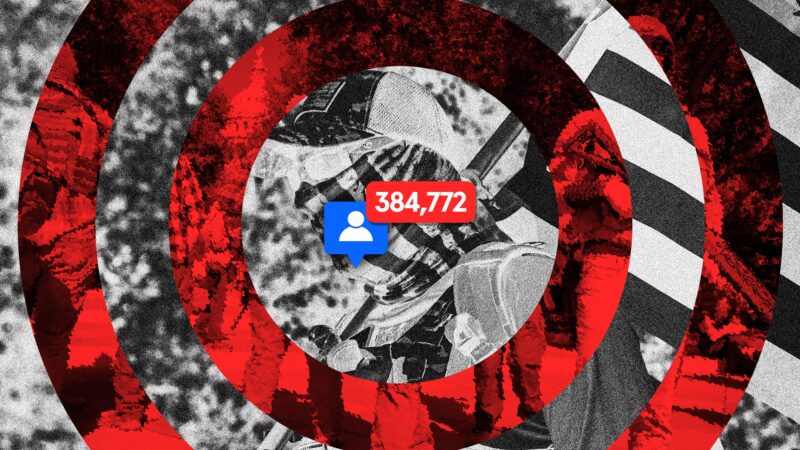“Many of us are pissed,” wrote the “commander” of a Three Percenter militia in Kentucky in a post. “We need to have a location all patriots from all states can come to when the time comes,” he continued. “Thoughts?” Other militia members replied, affirming their readiness. “It’s time the enemy paid a price for their treason and crimes against humanity,” one person responded.
These plans for militia activity in the wake of the US election are not from a private conversation on an encrypted platform. It was unfolding on a public Facebook profile.
Anti-government militia movements have been continuing to use Facebook to recruit, coordinate training, promote ballot box stake outs, and prepare for a civil war that many militants believe will break out after election day. And in some cases, the movement is attracting people who don’t appear to have any prior background in a militia. Meta is even doing the work for extremist movements by auto-generating some group pages on their behalf.
Data shared exclusively with WIRED by the Tech Transparency Project shows that these groups have only continued to grow on Facebook, despite WIRED previously flagging this lapse in Meta’s moderation.
The brazen proliferation of paramilitary activity on the social media platform days before the election highlights Meta’s lackadaisical approach to enforcing its own bans against groups it has labeled dangerous extremists. Militias require platforms like Facebook to grow: It’s a tool for the paramilitary movement to strengthen and radicalize its network. It also helps them facilitate local organizing, state by state and county by county, and boost their membership.
The American paramilitary movement is much less visible than it was in 2020. Militias largely retreated from the streets after the January 6 Capitol riot exposed them to intense public and legal scrutiny, which was intensified by the prosecution of dozens of Oath Keepers. Some groups tried to distance themselves from the movement altogether by dropping any language about a “militia” from their websites, opting instead for more euphemistic names like “civilian guard” and “patriot group.” But after the dust settled following the Capitol riot, the movement began quietly rebuilding on Facebook. And they ramped up training and began coordinating, across counties and states.
The Tech Transparency Project has compiled a list of 262 Facebook public and private groups and 193 Facebook pages for militia and anti-government activists that were created since January 6, 2021. Nearly two dozen of those groups and pages have been created since May, according to the TTP. Some make minimal effort to conceal their affiliations to extremist networks: One new public group created in May is called The Michigan III%. Increasingly, the movement is also relying on individual profiles associated with leaders of local militia, the TTP says. Moderation has put a dent in the presence of American Patriots Three Percent (AP3), one of the largest active militias that Facebook explicitly banned in 2020 as a “militarized social movement” and “armed militia group.”


